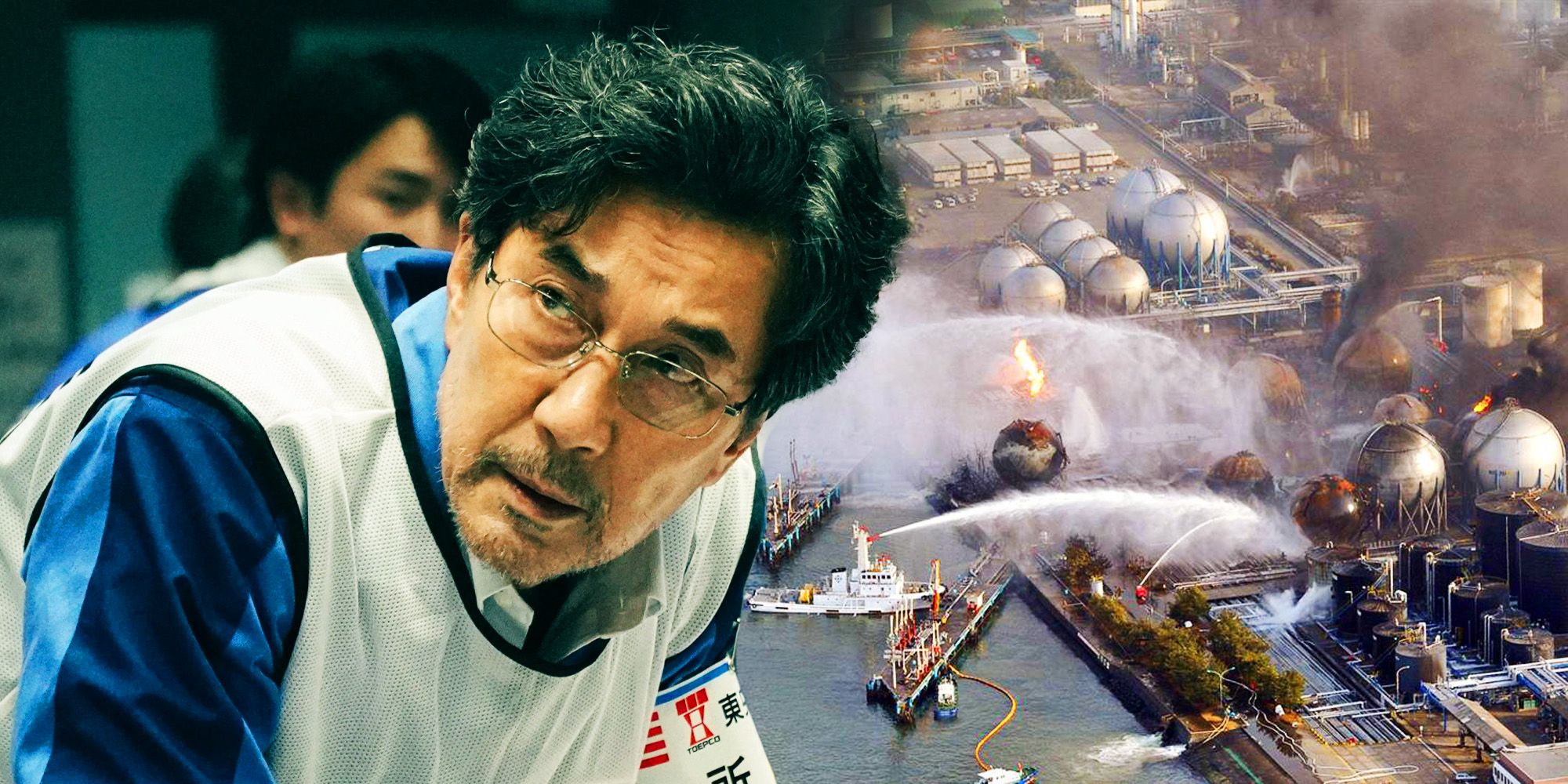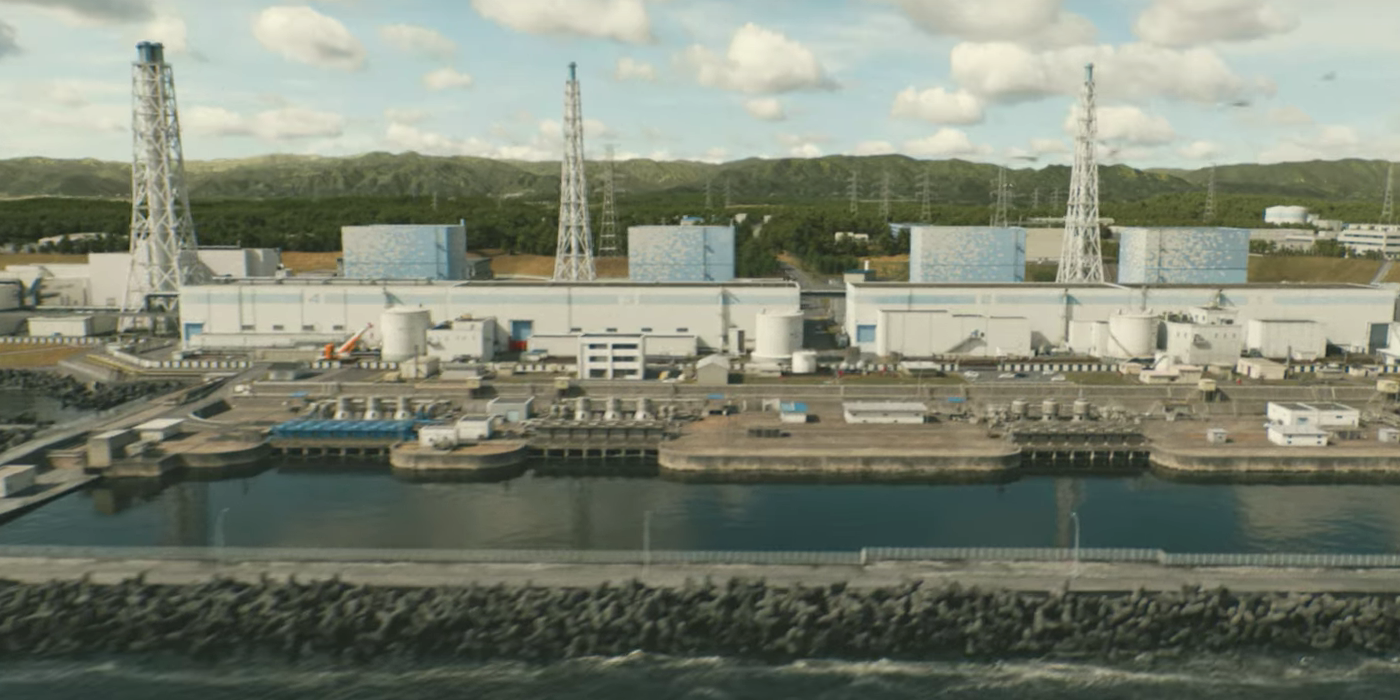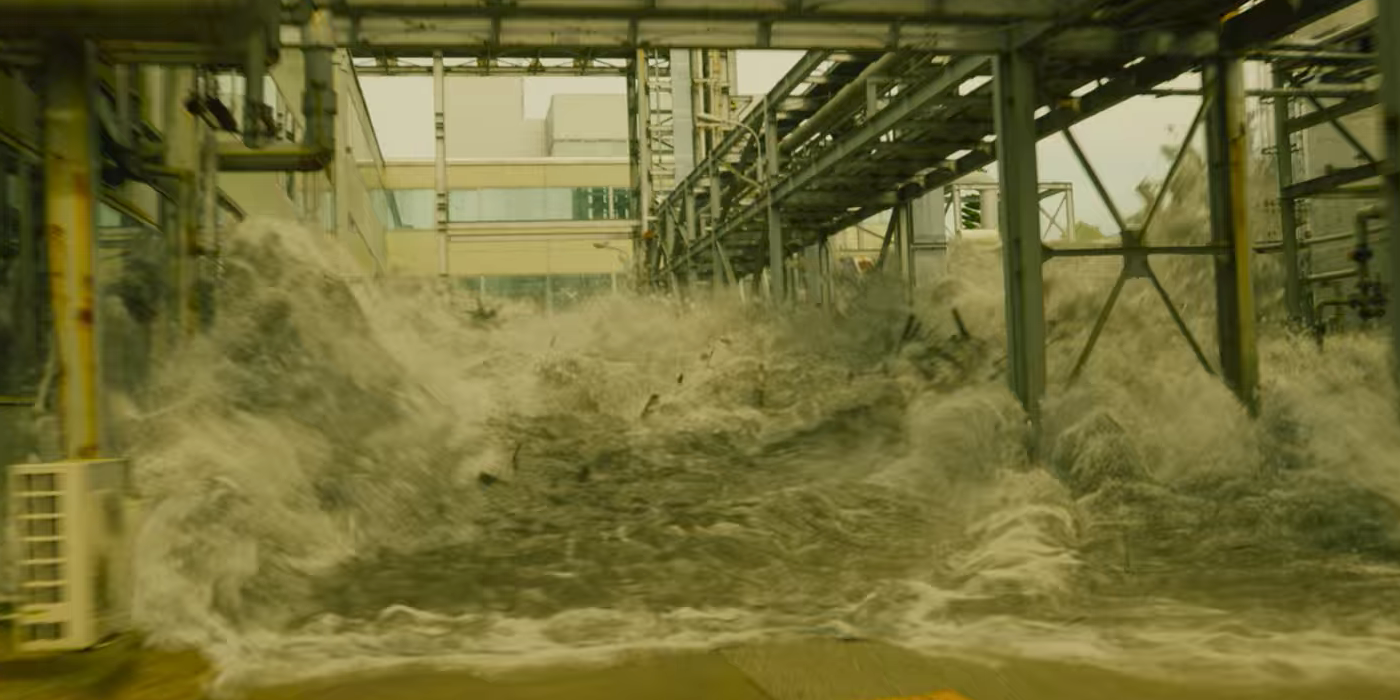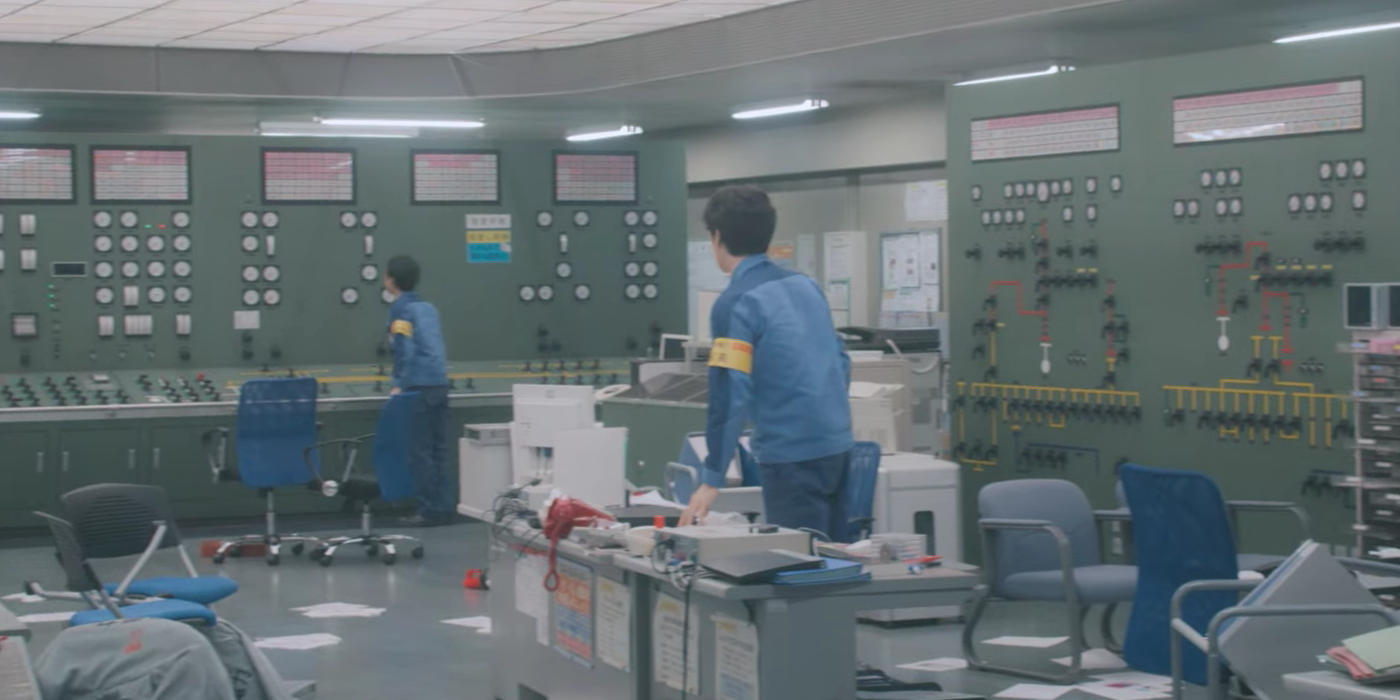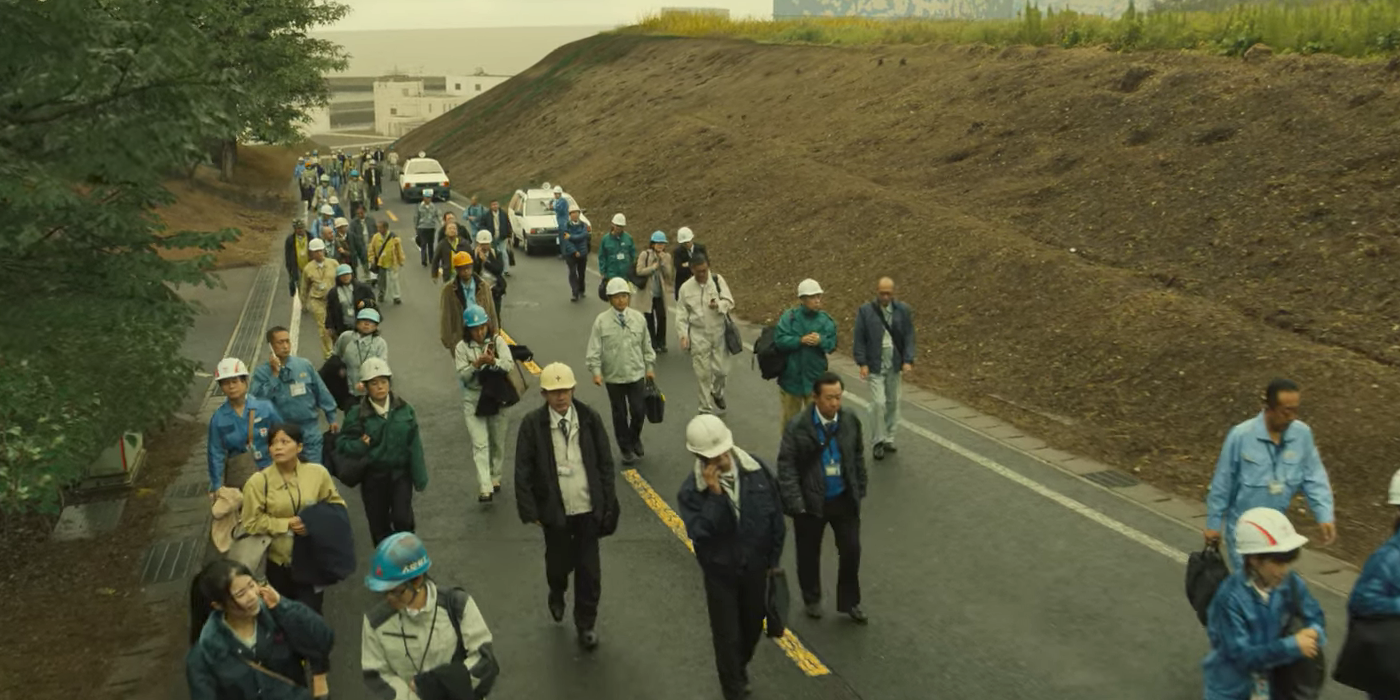Netflix's new original series, The Days, follows the 2011 nuclear disaster at the Fukushima Daiichi Nuclear Power Plant in Okuma, Fukushima, Japan, causing some to wonder what really happened in Fukushima. The Days begins on the day of the earthquake and subsequent tsunami that caused the disaster and follows the response and aftermath of the accident. The Days tells a riveting story with a chance of making its way onto the list of Netflix's best original series.
The Days, one of Netflix's most highly anticipated originals, follows the nuclear disaster from several different angles, showing the response of the on-site workers, the Japanese government's response, as well as the actions of the Tokyo Electric Power Company (TEPCO) which owned and operated the plant in Fukushima. There were plenty of courageous acts during the aftermath of this incident, but mistakes were made as well. The true story of the Fukushima Daiichi nuclear disaster, however, is primarily one of tragedy.
The Earthquake
The tragedy at Fukushima began when an earthquake with a magnitude of 9 formed about 130 kilometers off the eastern coast of Japan. The earthquake created a tsunami with waves as high as 15 feet, which flooded most of the Fukushima power plant. This earthquake is now known as the Great East Japan Earthquake. The earthquake was so powerful that, according to worldnuclear.org, it actually moved Japan several meters to the east. Powerful as the earthquake was, the nuclear reactors actually withstood the seismic activity well, however, the tsunami that followed is a different story.
About 50 minutes after the initial earthquake struck, a tsunami with waves 13–15 meters high crashed over the Fukushima plant's 10-meter sea wall, flooding the lower levels of the plant. The flooding from the tsunami shut down the backup diesel generators that were being used to cool the nuclear reactors, a process that is absolutely essential to preventing the escape of harmful radiation. The flooding also caused significant structural damage the plant itself, making the incident response incredibly difficult. The plant at Fukushima lost all power, leading to a breakdown in communication between TEPCO, the Japanese government, and the workers on-site.
The Nuclear Meltdown
The Fukushima Daiichi Nuclear Power Plant essentially operated by using the heat from nuclear fission to evaporate water. The most essential aspect of this process in terms of safety, is ensuring the nuclear material is properly cooled throughout the process. If it is not, the nuclear material begins to melt, leading to highly dangerous levels of radiation. Furthermore, the melting of nuclear material releases dangerous levels of hydrogen that can lead to hydrogen-air chemical explosions. Typically, these reactors cool themselves using the power they generate, however, if they have to be shut down for any reason, their cooling system can run on power from backup diesel generators.
The reactors at Fukushima all shut down automatically as a result of the earthquake. Normally, that would not be a problem, but the tsunami that followed knocked out the backup diesel generators as well. This eventually caused meltdowns in three of the station's reactors, leading to substantial radiation exposure and three hydrogen-air chemical explosions. Britannica reports that the melted nuclear material also burned holes in their containment vessels, leading to further radiation exposure at the plant. While this disaster did not quite reach the levels of what happened at Chernobyl, it is widely considered the second-worst nuclear power disaster ever.
The Response
The main priority in the early days of the response to the Fukushima Daiichi Nuclear Power Plant disaster was to find a way to cool the cores and prevent excessive radiation or hydrogen explosions. Unfortunately, the loss of power led to a breakdown in communication that scrambled attempts to respond properly to the disaster. Moreover, a disaster on this scale was not anticipated, which left responders unsure of how to proceed. These two factors are cited most often in criticism of TEPCO and the Japanese government's response to the disaster. This is expertly depicted in The Days, making it one of the best weekend watches on Netflix.
In terms of action taken, TEPCO employees and first responders began by pumping seawater on the reactors in order to cool the nuclear material until power could be restored. Unfortunately, the water pumps stopped working, leading to the meltdown of three reactors. The Japanese government began evacuating citizens in an increasing radius of the plant until it finally landed a 20 km radius of evacuation (it began at 3 km). Afterward, the process of stabilizing and removing nuclear material began, but it is expected to take at least 40 years for the plant to be fully cleaned out and stabilized.
Aftermath
While nobody died as a result of radiation or hydrogen explosions, the earthquake itself killed over 19,000 people and another 1,600 died during the hectic evacuation. Many who survived lost their homes and livelihoods, while still more were forced to up and move their entire lives away from the now contaminated area around Fukushima. Perhaps the most heartbreaking result of this disaster is the estimated 36% increase in abnormal thyroid gland growths in children in the Fukushima area caused by exposure to radiation. Research is still ongoing to determine if radiation exposure caused a significant rise in cancer among Fukushima residents.
After the Fukushima disaster depicted in The Days, the International Atomic Energy Agency (IAEA) developed an Action Plan on Nuclear Safety in order to strengthen the global nuclear safety framework and attempt to prevent a similar occurrence in the future. This proved a prudent step after the Fukushima Nuclear Accident Independent Investigation Comission ruled that the accident was "manmade" and preventable. It's appalling to consider all the lives lost and ruined as a result of insufficient safety protocols in a field as dangerous as nuclear energy.
Though work is still being done to clear the site of the disaster featured in The Days, tours are now available for those who wish to see the site of this calamitous disaster. Moreover, The Great East Japan Earthquake and Memorial Museum was opened in 2020 to honor the efforts and lives of those who risked themselves to respond to the disaster. The Memorial Museum also serves as a reminder of the dangers of nuclear energy and the great care that must be taken when dealing with nuclear material. Terrible as this disaster was, it could have been worse, so it's essential that the nuclear power industry learns from what happened in Fukushima.

